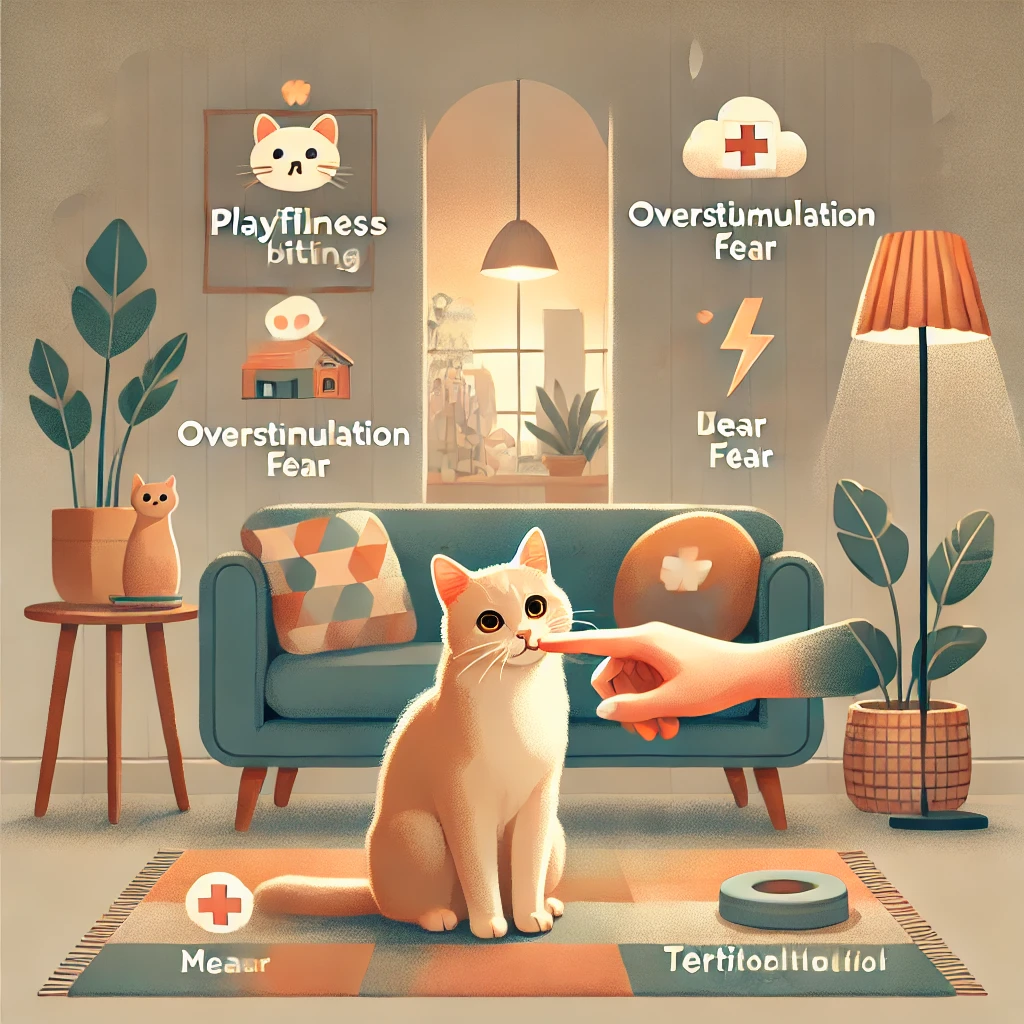The Basics of Cat Vocalization
Cat vocalizations are one of the most intriguing aspects of feline behavior, capturing the attention of cat lovers worldwide. Unlike humans, cats rely on a variety of sounds to express their emotions, needs, and intentions. The unique way they communicate offers a window into their complex world.
Table of Contents
The Science of Cat Communication
Cats have a wide range of vocal sounds, including meows, purrs, hisses, growls, and yowls. While some of these sounds are directed at other animals, others are exclusively used to communicate with humans. Research has shown that meowing is a learned behavior; cats rarely meow at each other in the wild. Instead, they adapt this sound to elicit specific responses from their human companions.
Types of Cat Vocalizations
Cat vocalizations can be categorized into three main groups: murmur patterns (like purring), vowel patterns (like meowing), and strained intensity calls (like yowling). Each category serves a unique function. For example, purring is typically associated with contentment, while yowling often signals stress or reproductive needs. By learning to distinguish between these vocalizations, cat owners can better understand and meet their feline’s needs.

Reasons Behind Meowing
Cats meow for a variety of reasons, and understanding these vocalizations can strengthen the bond between you and your feline friend. Meowing is largely reserved for communication with humans, making it a unique aspect of cat behavior.
Meowing to Communicate with Humans
One of the primary reasons cats meow is to interact with their human companions. Unlike other vocalizations that cats use with their own species, meowing is often adapted to suit their owner’s reactions. A short, chirpy meow might mean “hello,” while longer, drawn-out meows could indicate a specific request or need. Over time, cats learn which tones and pitches are most effective in gaining attention, showcasing their adaptability and intelligence.
Meowing Due to Hunger or Attention-Seeking
Hunger is one of the most common triggers for a cat’s vocalizations. Cats quickly learn that a plaintive meow near their food bowl prompts their owner to feed them. Similarly, some cats meow for attention when they want to play, be petted, or simply enjoy your company. While it’s endearing, constant attention-seeking meows can become a behavior issue if not managed appropriately.
Meowing as a Sign of Stress or Illness
In some cases, excessive meowing may be a sign of underlying stress or a medical condition. Cats suffering from anxiety, pain, or discomfort may vocalize more frequently. For example, older cats may develop cognitive dysfunction, leading to confusion and increased vocalization, especially at night. Observing changes in the frequency, tone, or context of meowing is critical for identifying potential health issues.
Understanding the Purpose of Yowling
Yowling, unlike meowing, tends to have a more serious undertone. This intense, drawn-out sound often signals distress or significant communication, both with humans and other animals.
Yowling for Territorial Reasons
Cats are territorial creatures by nature, and yowling often serves as a warning to intruders. Whether it’s another cat or an unfamiliar animal, a yowl can signify a claim to territory or an impending confrontation. Male cats, in particular, are more likely to exhibit this behavior during territorial disputes.

Mating and Reproductive Yowling
Unspayed or unneutered cats may yowl as part of their mating behavior. Females in heat emit loud yowls to attract potential mates, while males respond with their own vocalizations. This reproductive yowling is instinctual and can be minimized by spaying or neutering your pet.
Yowling as a Sign of Discomfort or Pain
If a cat starts yowling suddenly, it may indicate discomfort or pain. Conditions such as urinary tract infections, arthritis, or other medical problems can lead to increased yowling. In such cases, consulting a veterinarian is essential to address the underlying issue.
The Role of Cat Breeds in Vocalization
Not all cats vocalize equally. Some breeds are naturally more talkative, while others are quieter and less inclined to meow or yowl.
Talkative Cat Breeds vs. Quiet Breeds
Breeds like Siamese, Bengal, and Oriental Shorthair cats are renowned for their chatty nature. They often have a repertoire of sounds that they use to communicate with their owners. In contrast, breeds like the British Shorthair and Russian Blue are typically quieter, using subtler ways to express themselves.
How Genetics Influence Vocal Behavior
A cat’s genetic makeup plays a significant role in its vocal tendencies. Talkative breeds have been selectively bred to enhance communication with humans, while quieter breeds may rely more on body language. Understanding your cat’s breed characteristics can help you interpret its vocalizations more effectively.
How to Respond to Cat Meowing and Yowling
Interpreting and responding to your cat’s vocalizations is key to maintaining their well-being and happiness.
Interpreting Your Cat’s Sounds
Each meow or yowl carries a different meaning. Pay attention to the context, pitch, and frequency of your cat’s vocalizations. For example, repetitive, high-pitched meows might indicate excitement, while low, guttural yowls could signal discomfort. Learning these cues can enhance your communication with your pet.

Training and Behavioral Strategies
If your cat’s vocalizations become excessive, behavioral strategies can help. Providing mental stimulation, ensuring regular playtime, and maintaining a consistent feeding schedule can reduce attention-seeking meows. For yowling due to stress or territorial reasons, consider creating a safe and secure environment for your cat to alleviate anxiety.
Q&A
Q: Why does my cat meow so much at night?
A: Cats are naturally more active at night due to their crepuscular nature. However, excessive nighttime meowing may indicate boredom, hunger, or even health issues. Try engaging your cat with evening play sessions or providing puzzle feeders to keep them occupied.
Q: How can I stop my cat from yowling?
A: Address the root cause of the yowling. If it’s related to mating, spaying or neutering your cat can help. For stress-induced yowling, create a calming environment and consult your veterinarian if necessary.
Q: Is it normal for cats to meow when they’re alone?
A: Yes, some cats meow when left alone as a way to express separation anxiety. Providing stimulating toys or a companion can help reduce this behavior.
Conclusion
Cats meow and yowl to communicate their needs, emotions, and intentions. By understanding the context and nuances of their vocalizations, you can build a deeper connection with your feline friend. Whether it’s a simple meow for attention or a yowl signaling discomfort, every sound has a purpose. With patience and observation, you can decode your cat’s language and ensure their happiness and well-being.



